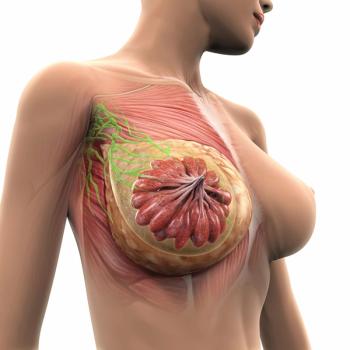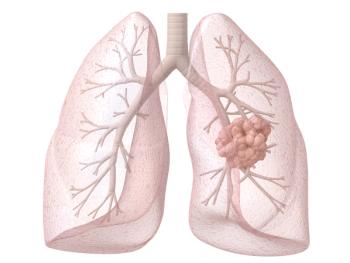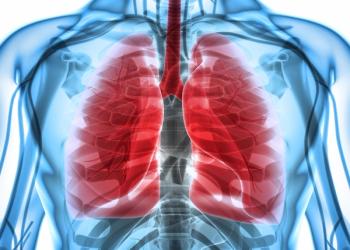
Lower EDIC May Improve Local Tumor Control in Lung Cancer
Decreasing the low-dose bath of proton therapy to the body may limit the impact of radiation on lymphocytes and affect tumor response.
According to Eyub Akdemir, MD, radiation oncologist at Miami Cancer Institute of Baptist Health South Florida, although effective radiation dose to the immune cells (EDIC) did not exhibit a direct correlation with local control in lung cancer, a lower EDIC might exhibit an improvement in immune preservation and systemic control, especially in combination with immunotherapy.
Akdemir spoke with CancerNetwork® about findings from a presentation given at the
He cited literature showing an association between lower EDIC and enhanced local control, suggesting that EDIC can be reduced through optimization strategies without sacrificing target coverage. Although Akdemir’s study did not investigate the relative dose to circulating immune cells, he noted that EDIC values are becoming increasingly important considering increasing immunotherapy use. He concluded by touching upon the importance of reducing the low-dose bath to the body, citing a potential impact on lymphocytes and tumor response.
Transcript:
This analysis, in fact, did not directly correlate EDIC with local control, but a lower EDIC implied better immune preservation and could support systemic control, particularly when integrating immunotherapy. In the literature, however, several studies have demonstrated significant association between lower EDIC values and improved local control. Because it reflects overall body exposure rather than target dose, it can be reduced through plan optimization—like beam angle, field arrangement, et cetera—without compromising target coverage, especially with proton dose falloff advantages.
We traditionally focused on those constraints on lung and heart [diseases], so we did not [investigate] the dose to circulating immune cells. This parameter is [becoming] more important, especially because of the immunotherapy. The effort must focus on decreasing the low-dose bath to the body––not only decreasing the high-dose area. This is important because once we meet the dose constraints, we generally do not consider further reducing the low-dose bath. This is important because this affects lymphocytes and indirectly affects the body’s response [to] the tumor.
Reference
Akdemir EY, Kotecha R, Yarlagadda S, et al. Timing and predictors of grade 3 lymphopenia in lung cancer patients undergoing proton chemoradiotherapy. Presented at the 2025 American Society for Radiation Oncology (ASTRO) Annual Meeting; September 27 – October 1, 2025; San Francisco, CA. Abstract 3020.
Newsletter
Stay up to date on recent advances in the multidisciplinary approach to cancer.



















































































